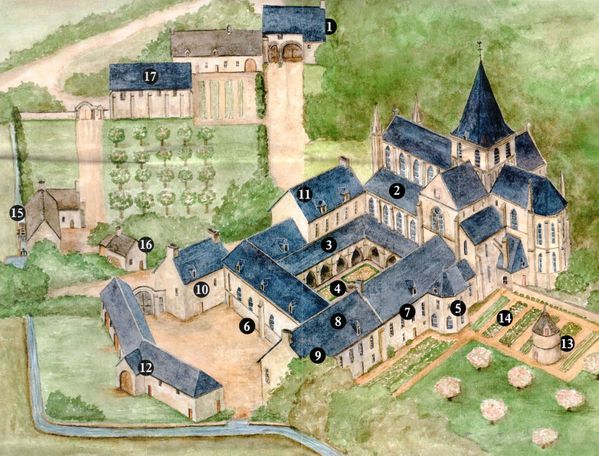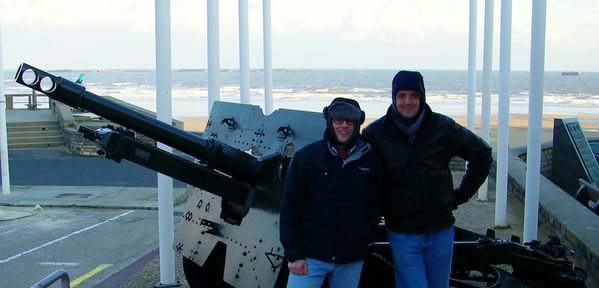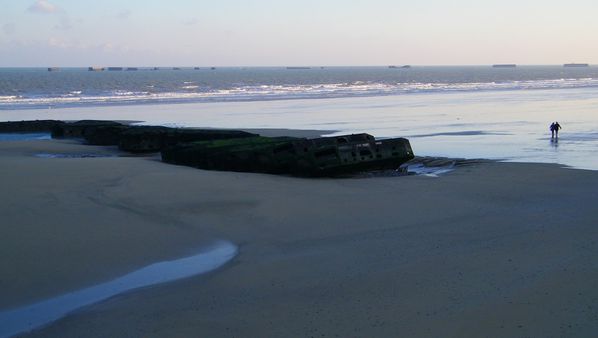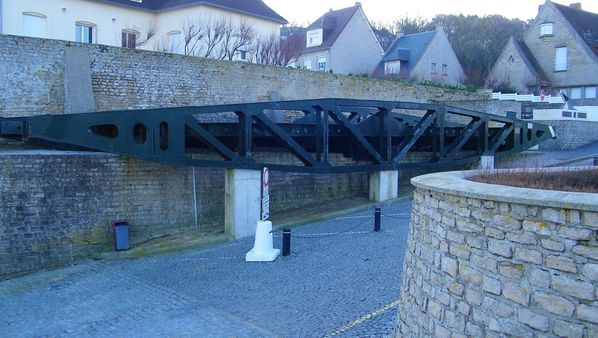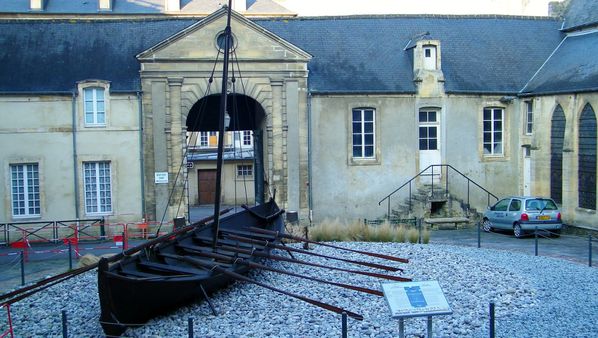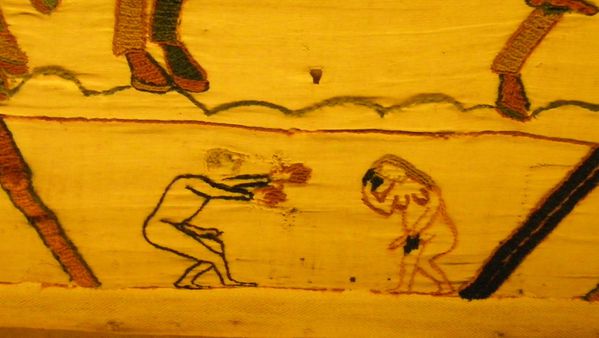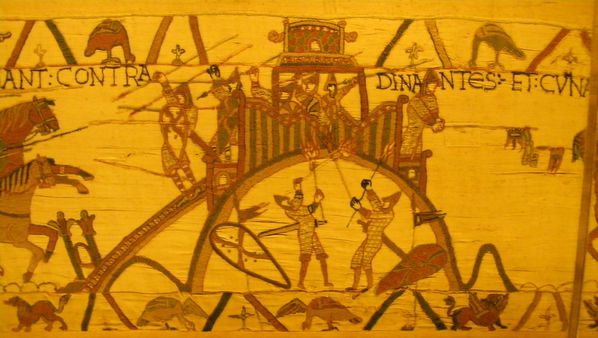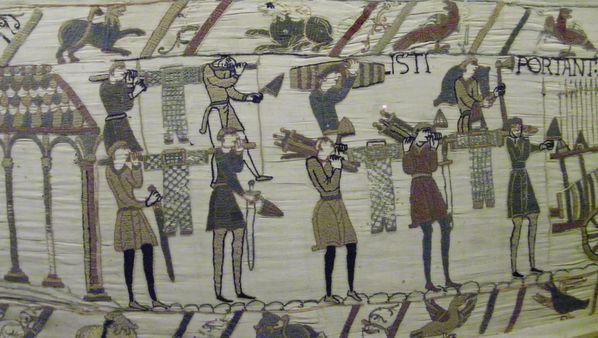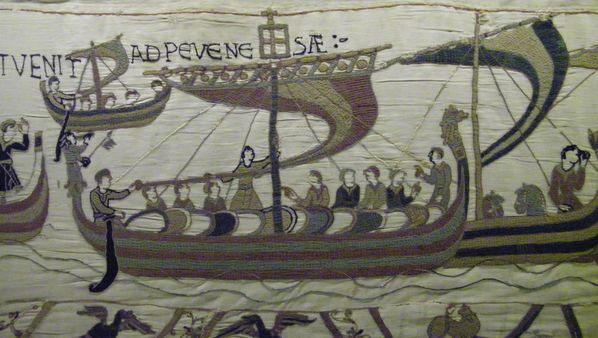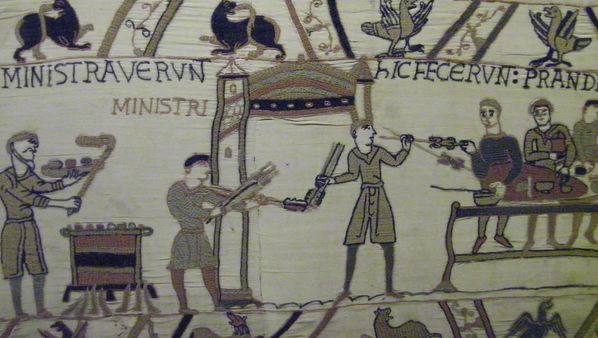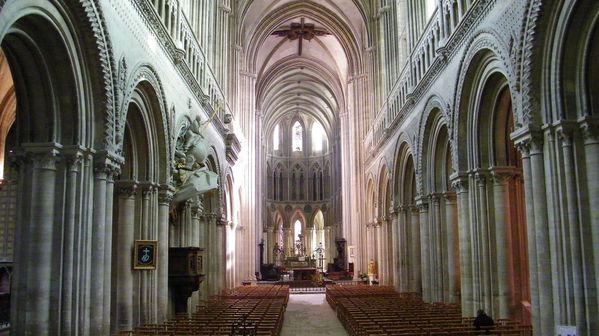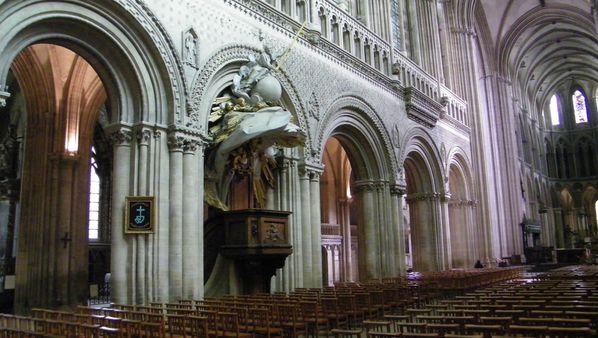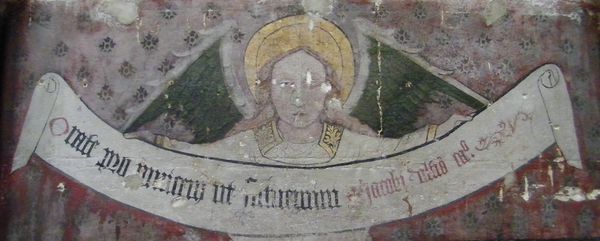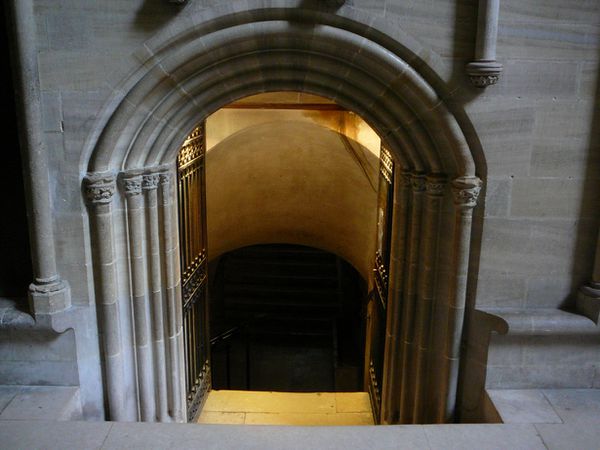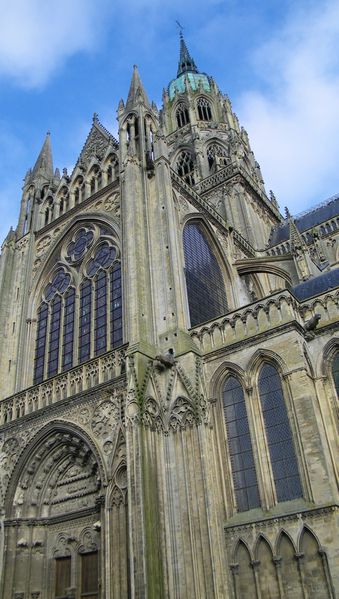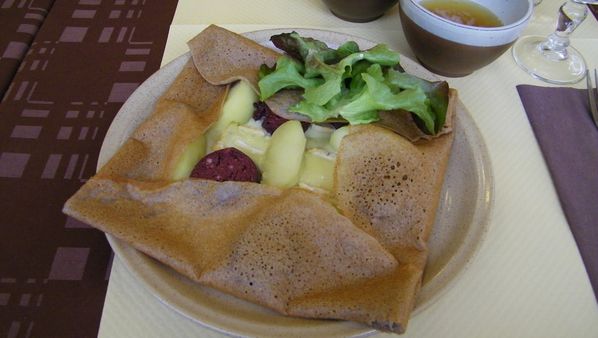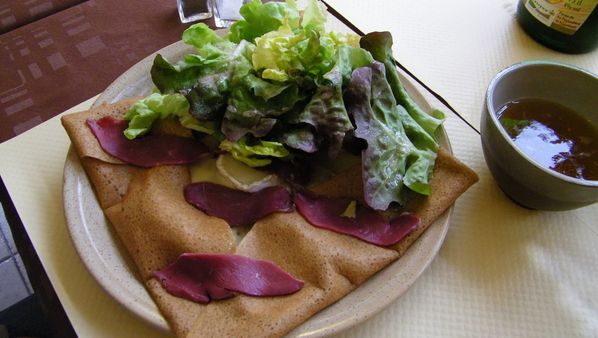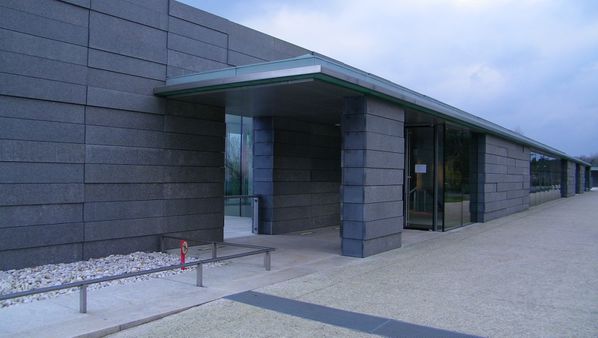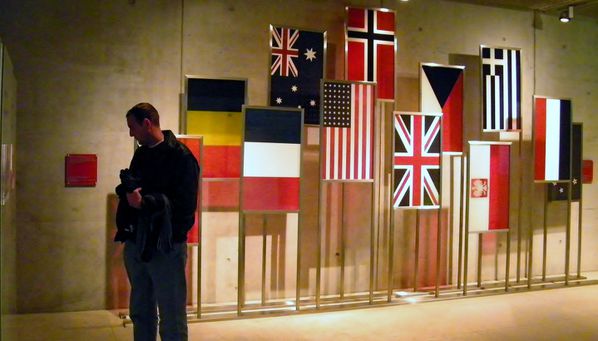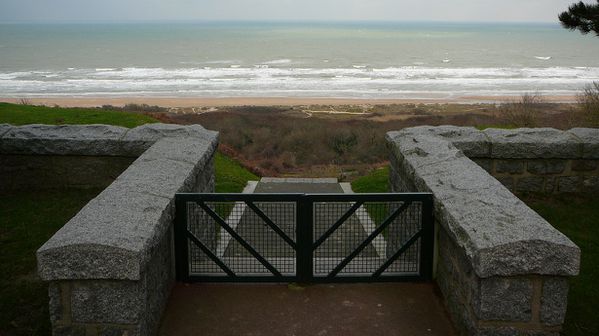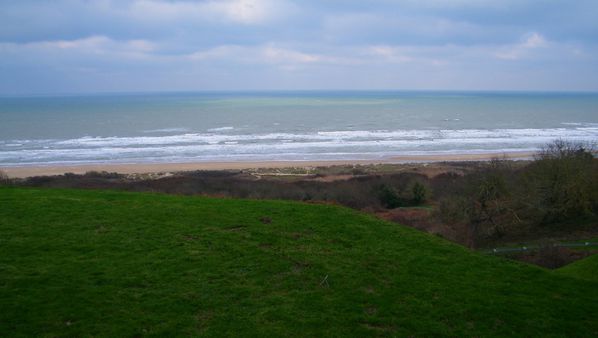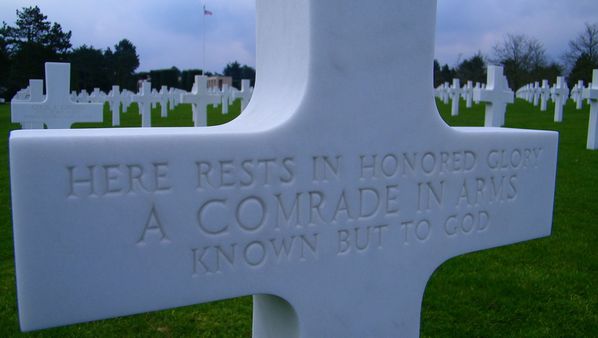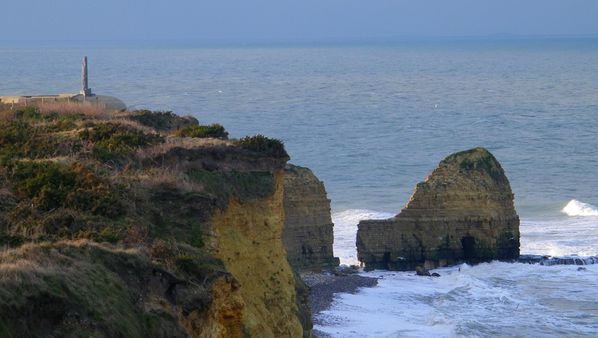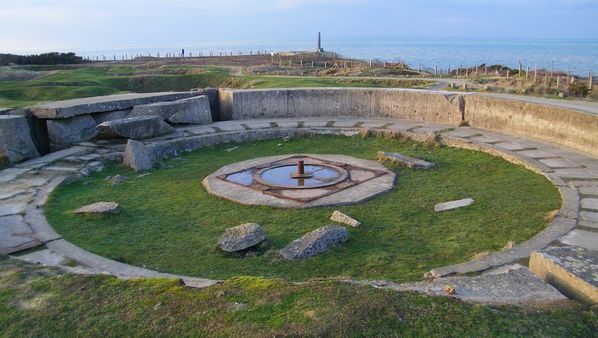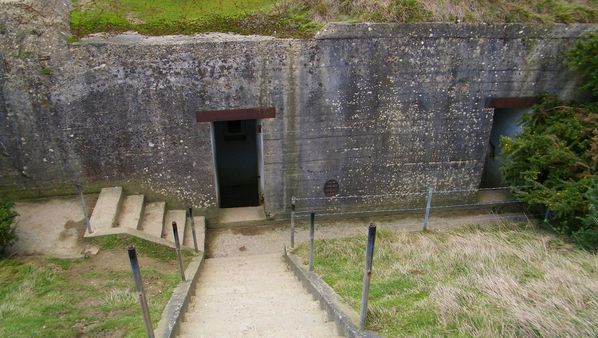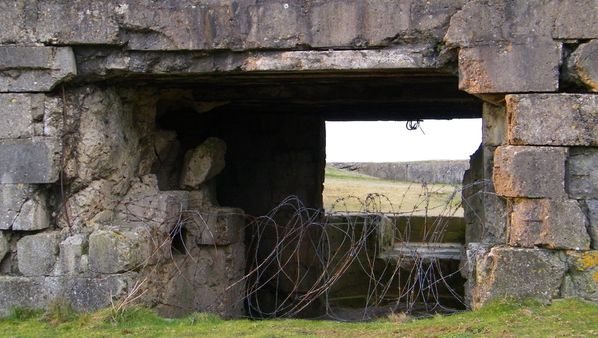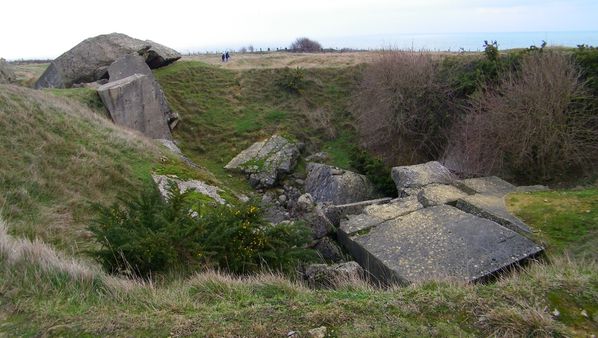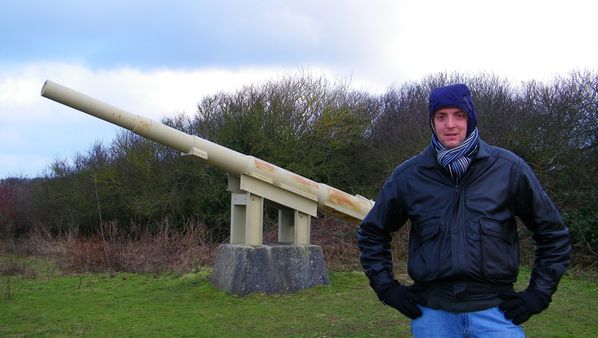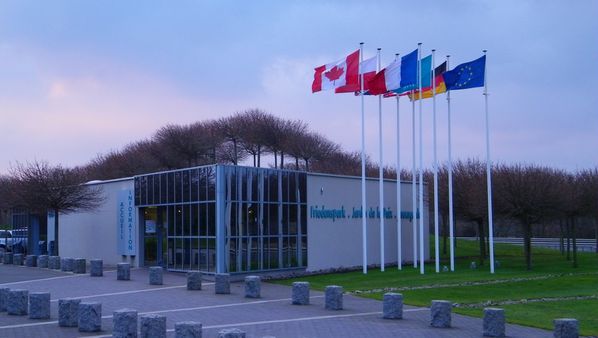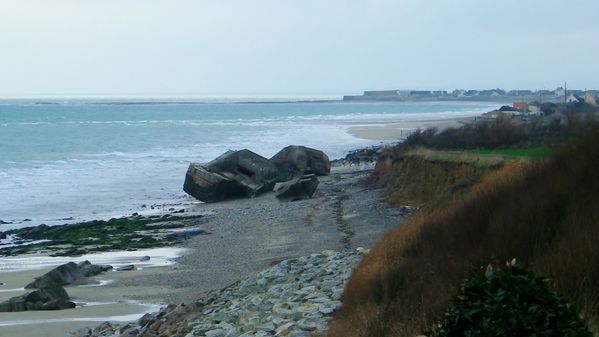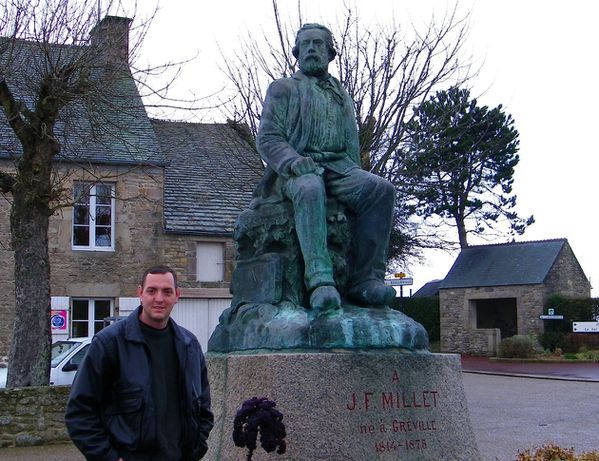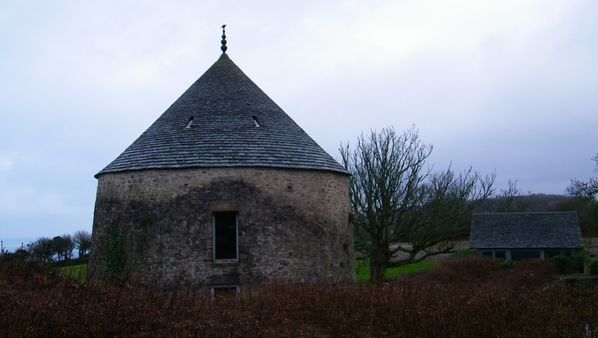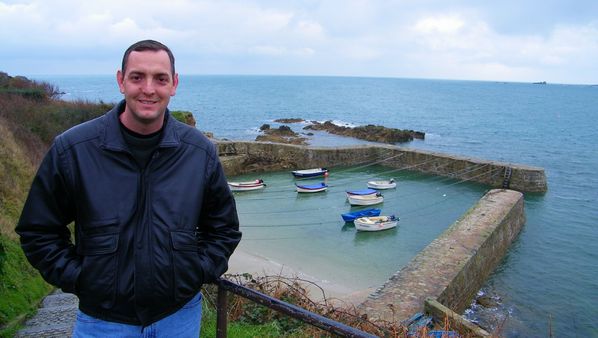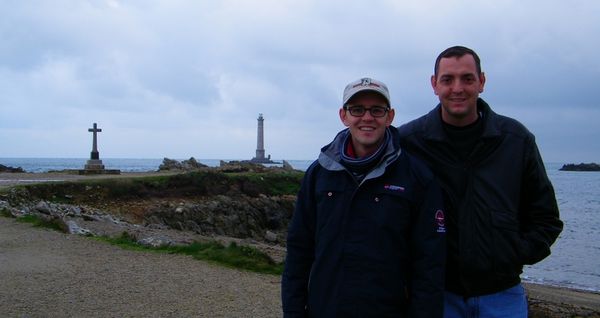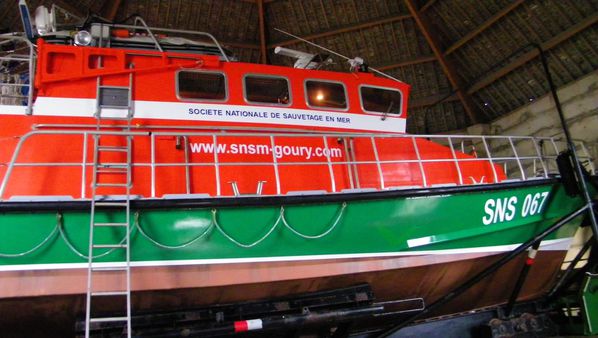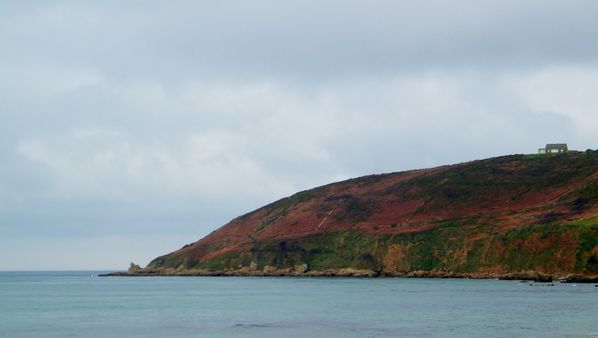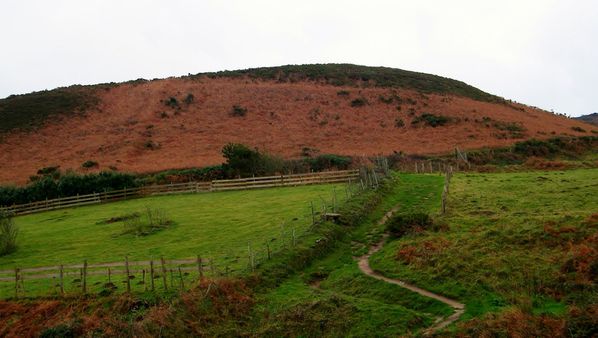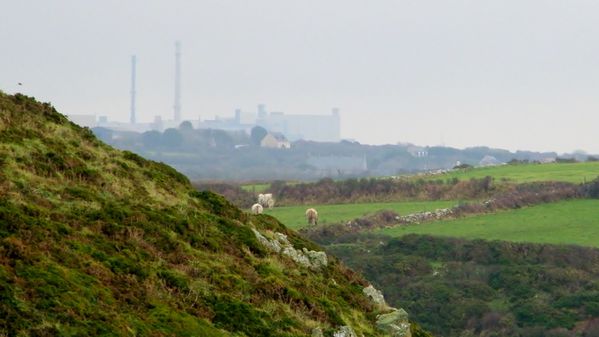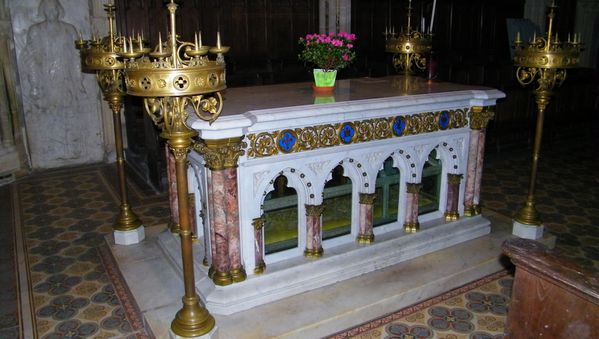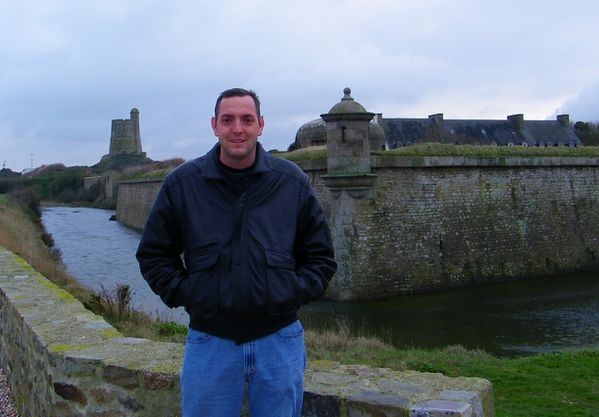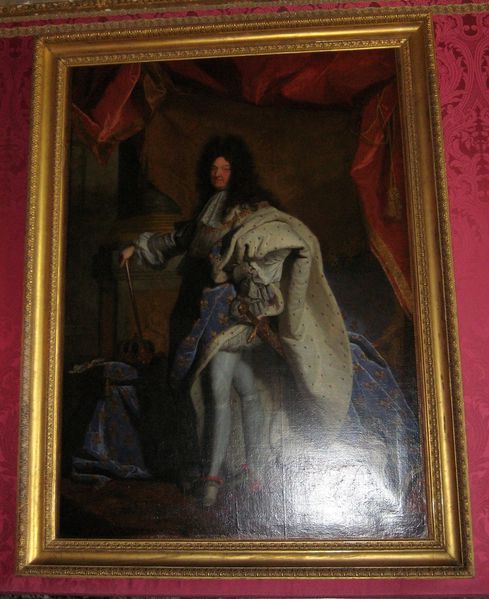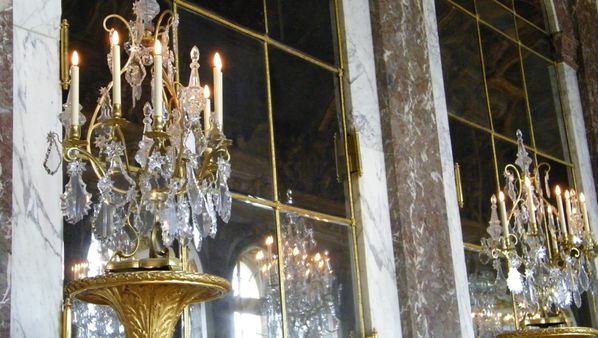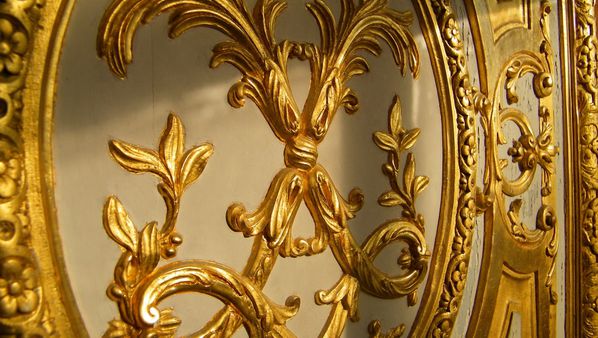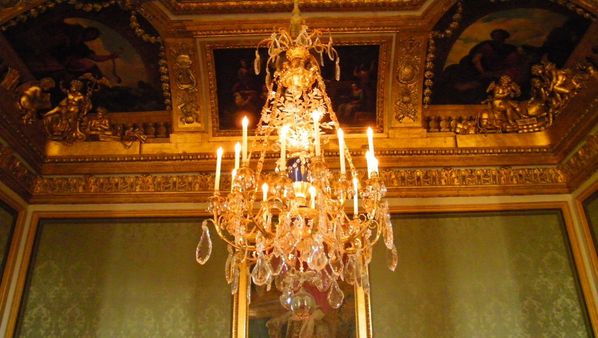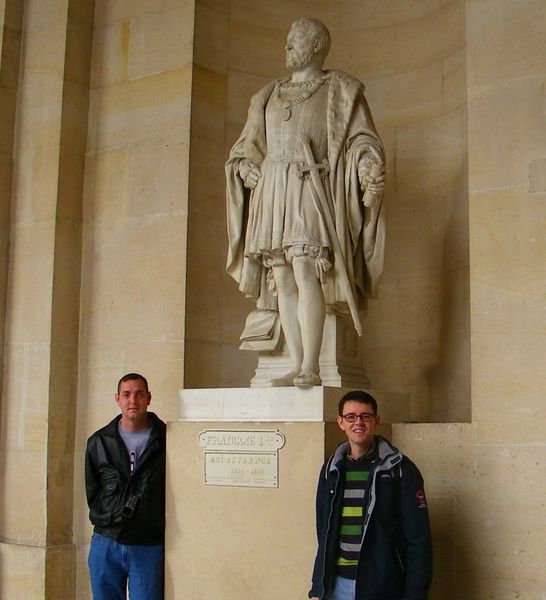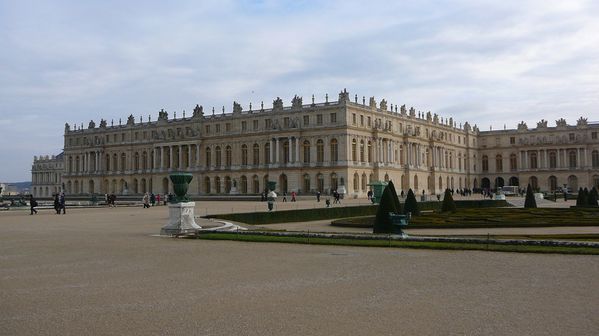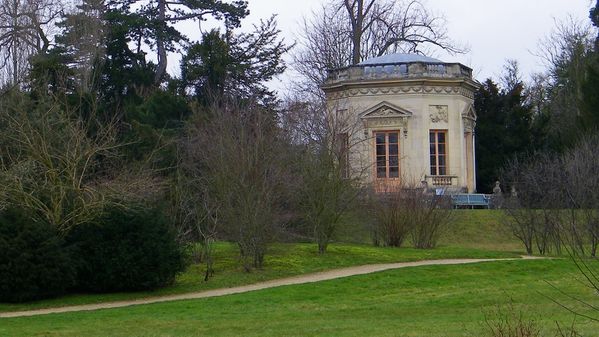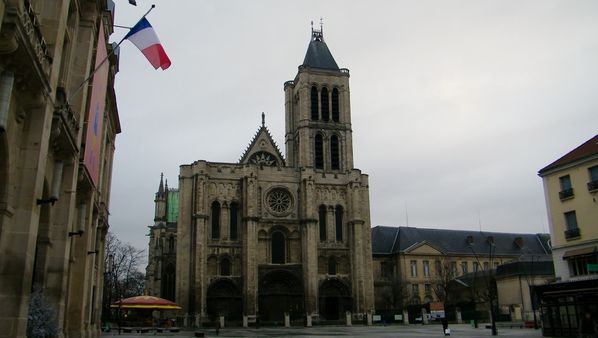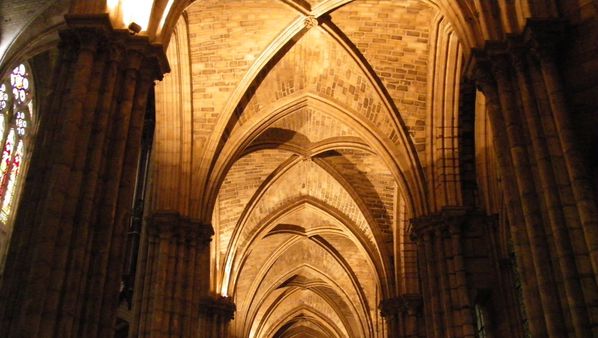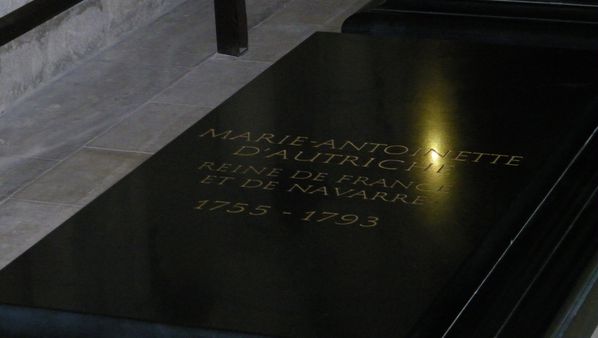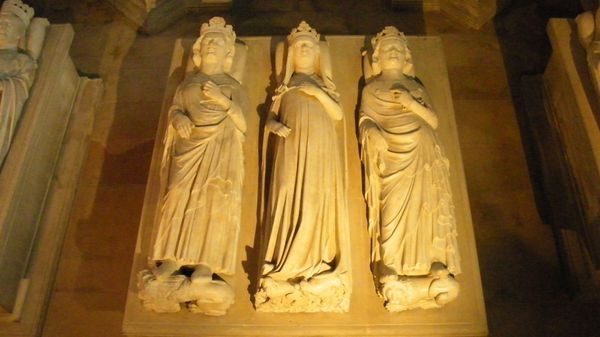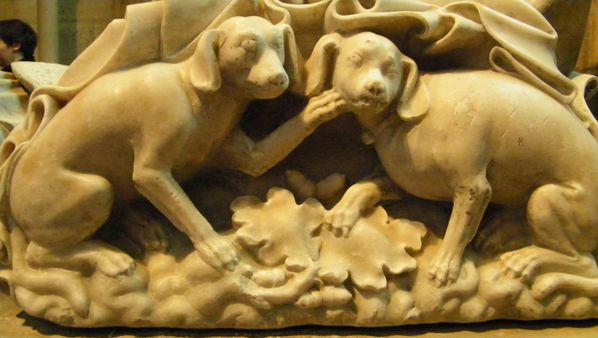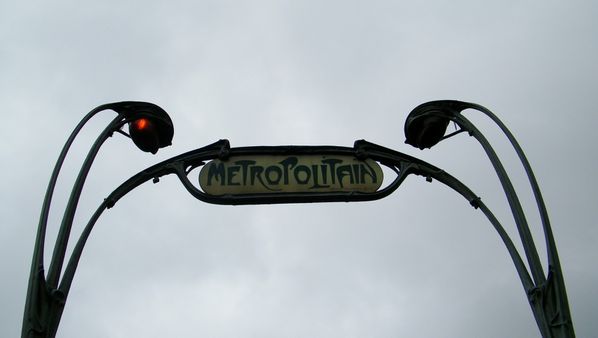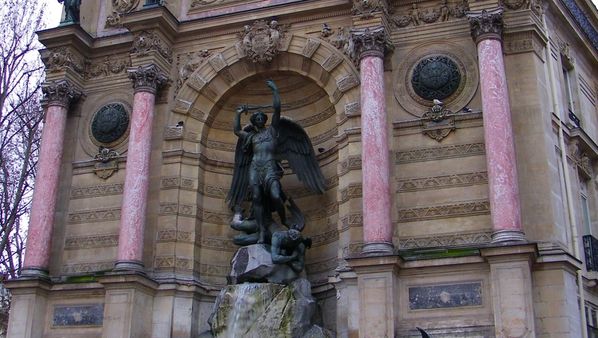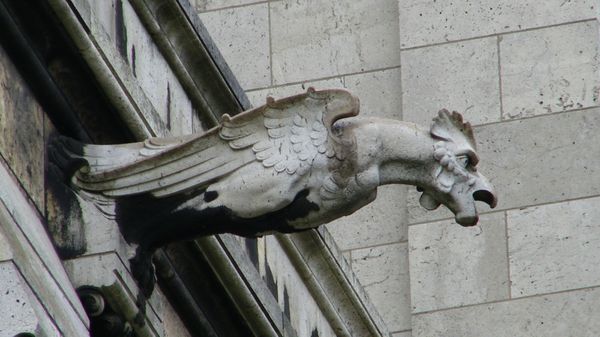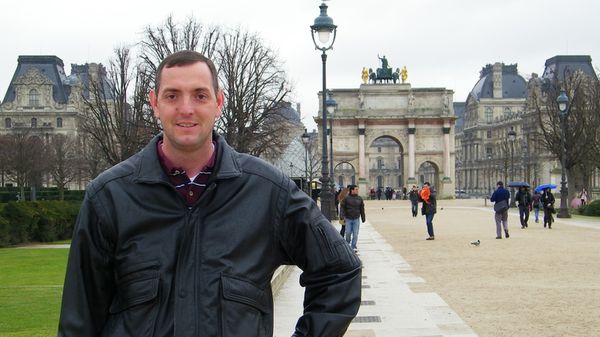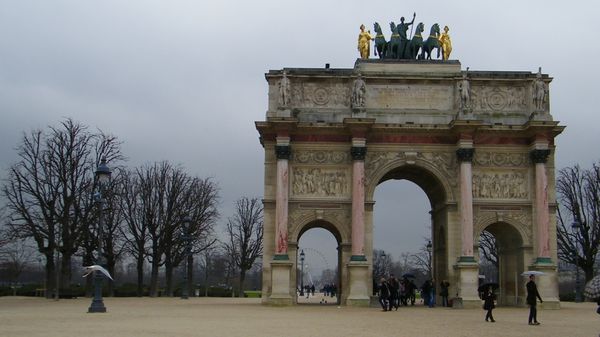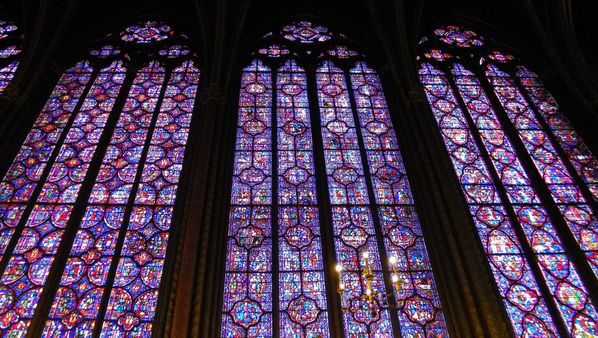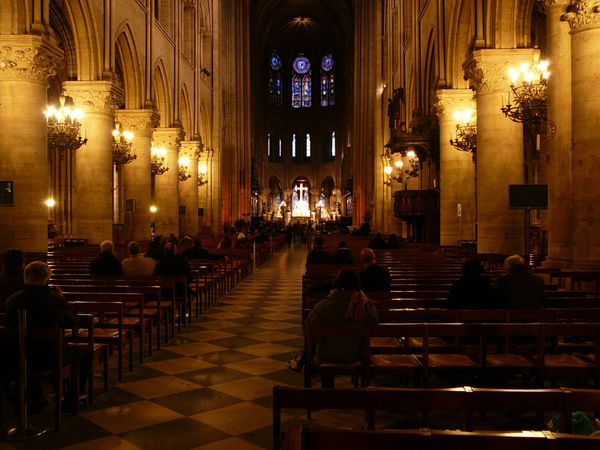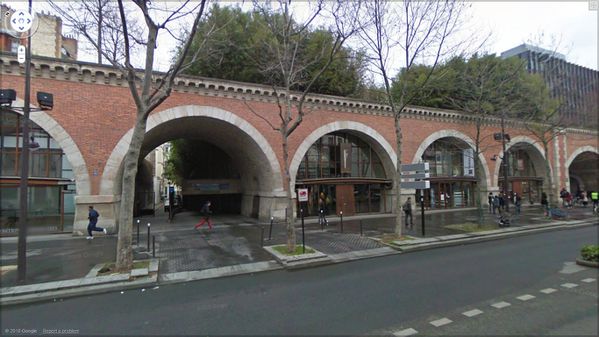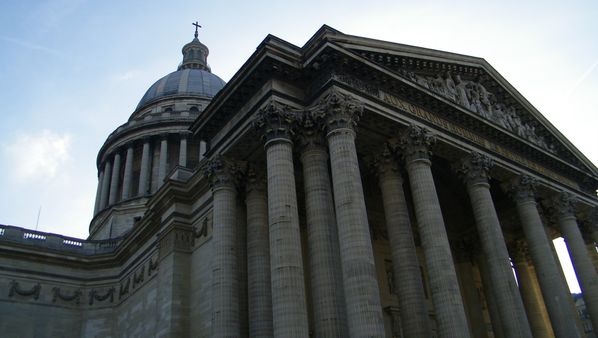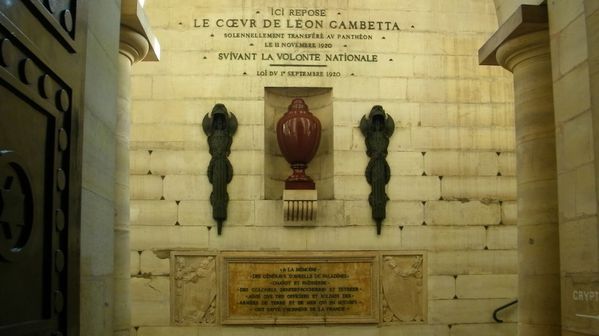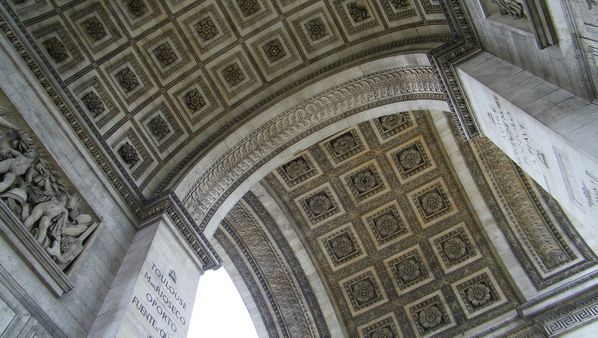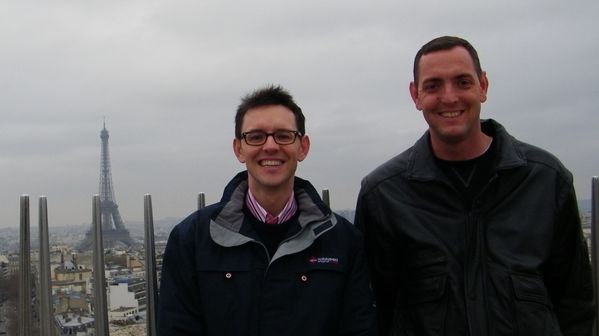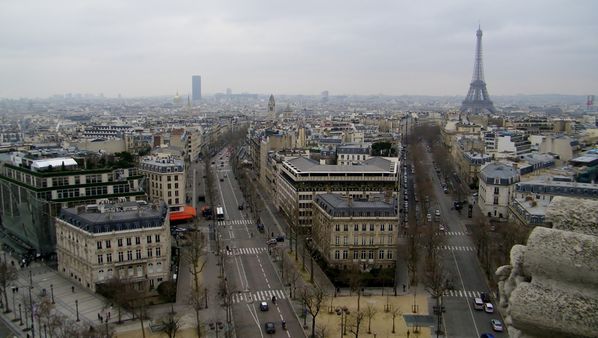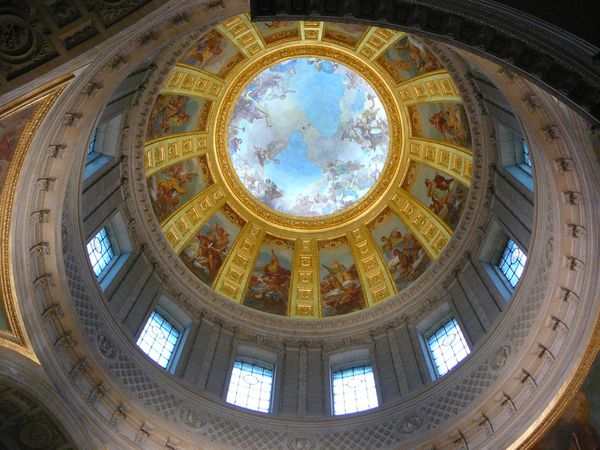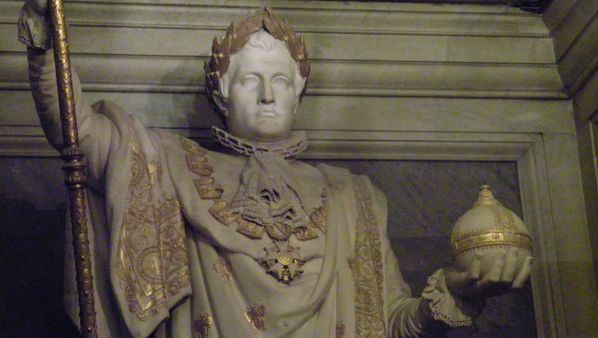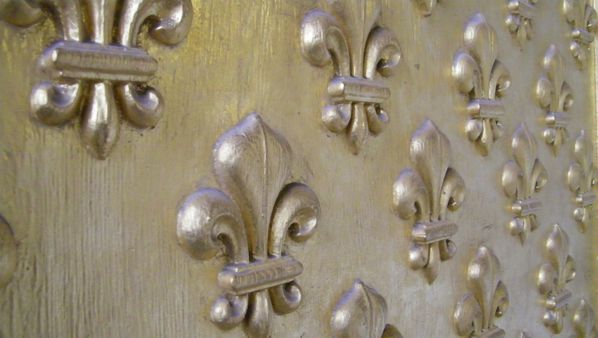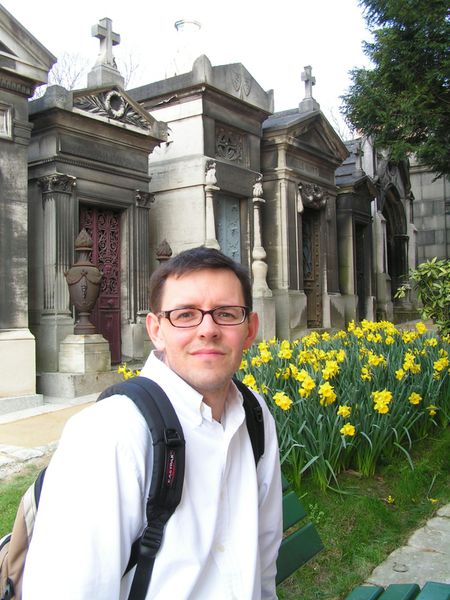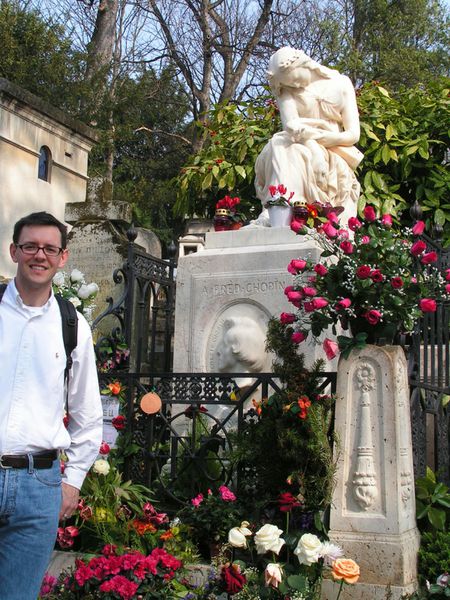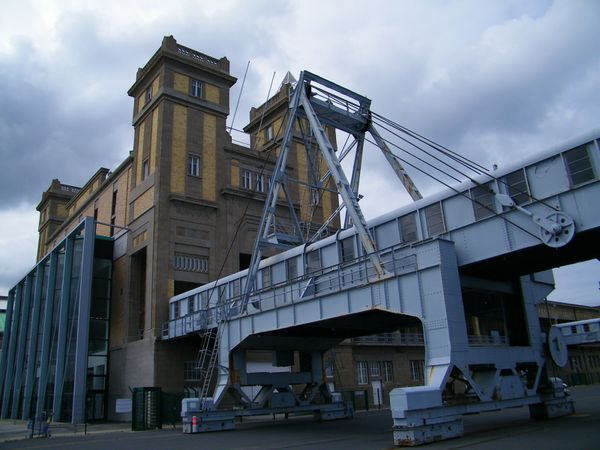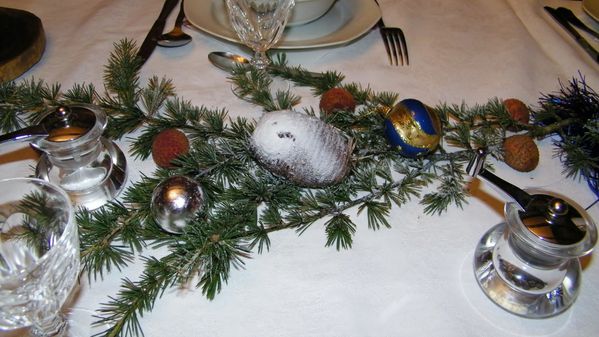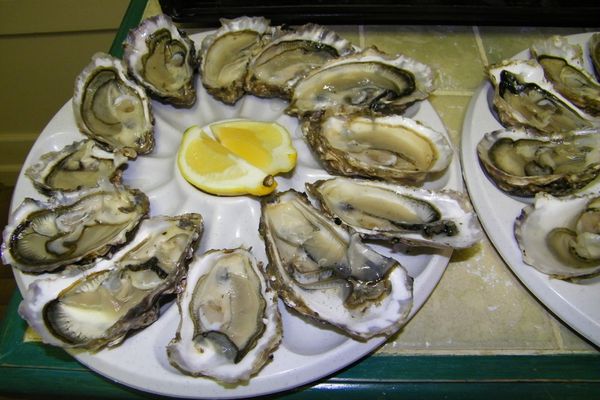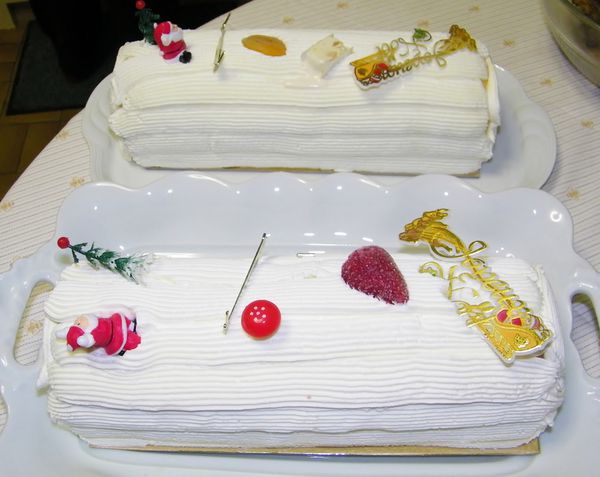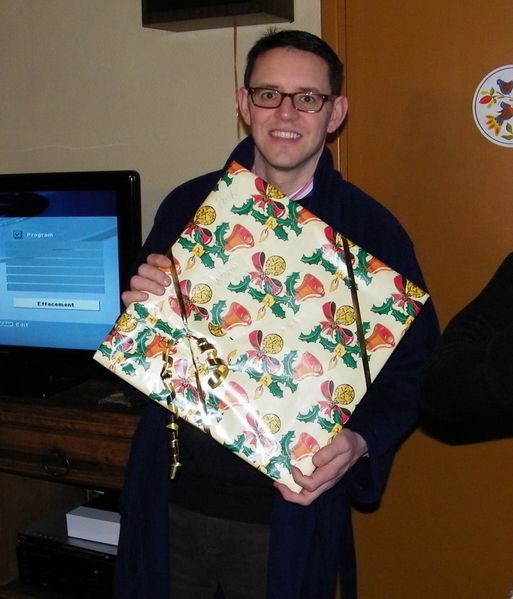Getting to Château de Versailles is not difficult but you MUST know which RER train to take. Since we were staying at the Hôtel de Reims, we took Metro line 14 to Bibliothèque-François Mitterrand and then took RER commuter train C5 directly to Versailles-Rive Gauche. A round-trip ticket only costs 6,10 Euro and the entire trip lasts about 30 minutes. If you don’t watch the monitors at the RER station for which train is going to Versailles-Rive Gauche, you may end up very far from the Château entrance. After exiting the train station, take a right on Avenue du Général de Gaulle until you come to Avenue de Paris. Make a left and voila! You’re there! Be wise and book your ticket in advance online at the Versailles website. This way you can avoid unnecessary lines and begin your tour immediately. My brother and I arrived just before the gates opened and had an opportunity to take photos of the façade moving ever closer from the Great Courtyard toward the Royal Courtyard and finally, the Marble Courtyard. After entering, we began our tour by visiting the Royal Galleries. Louis-Philippe, King of the French from 1830 to 1848, transformed Versailles into a museum dedicated to the glories of France. Through his desire to reconcile the different regimes, the Citizen King succeeded in creating the first museum of the history of France. He transformed the apartments of the princes and courtiers into vast galleries, in which the ancient paintings and sculptures were brought together in evocative retrospectives. The galleries devoted to the 17th century are a good introduction to the tour of the royal apartments located on the first floor of the central body of the château. I found the images of Versailles in the 17th and 18th centuries the most interesting, particularly this work of Pierre-Denis Martin called “Le Château de Versailles en 1722”. The first stop after the Galleries is the Chapel Drawing Room. To attend Mass the King had to cross this room, which links the Royal Gallery to the State Apartment. Its decoration is therefore related to that of the Chapel. It is here one receives an audio guide which allows you to explore the château at your own pace. Following the tradition of the Palatine chapels, the Royal Chapel has two storeys. The galleries were reserved for the King, the royal family and important members of the Court, while the rest of the congregation occupied the ground floor. Consecrated in 1710, and dedicated to Saint-Louis, ancestor and patron saint of the royal family, the chapel was the last building to be constructed at Versailles under the reign of Louis XIV. The decoration of the ceiling depicts the continuity between Old and New Testaments. Upon entering the State Apartment one passes by several statues located in the North wing. Of course, one day is not enough to see everything at Versailles. There are many rooms within the palace we did not get to see. Of the ones we did see, I can only tell you about some of them. One of the first rooms on our tour was the Diana Drawing Room. Louis XIV, who was an excellent billiard-player, had a large table set up here, covered when not in use with a crimson velvet cloth, its edges fringed with gold. The ladies followed the game from benches set up on platforms, which gave them a good view and allowed them to applaud the King’s successes. The whole of the decoration of this room refers to the legend of the goddess Diana. Above the fireplace is Charles de Lafosse’s “Sacrifice of Iphigenia,” and opposite is “Diana Watching Over the Sleeping Endymion” (1672) by Gabriel Blanchard. The bust of Louis XIV is the work of Bernini. Another room was called the Apollo Drawing Room, which was used for formal audiences since Versailles was the first royal château to have a throne room. The silver throne, standing as high as eight foot, was melted down in 1689 and was replaced much later, under Louis XV, by a gilt wood throne. On the ceiling is painted the image of Apollo in his Sun Chariot surrounded in the corners by allegoric representations of four continents. The famous portrait of Louis XIV by Hyacinthe Rigaud hung in this room until the Revolution (this one is a copy while the original hangs in the Louvre). The War Drawing Room, the Hall of Mirrors and the Peace Drawing Room form an ensemble whose décor is devoted to the military victories and political successes of Louis XIV. In 1678, architect Jules Hardouin-Mansart presented the King with plans for the construction of the present Hall of Mirrors. Work began immediately, and was completed in 1686. It served as passageway giving access to the King’s Apartment. Here gathered the courtiers who hoped to see the monarch on his way to the Royal Chapel. Grand celebrations were also held here, such as full-dress balls, or the masked ball given on the occasion of princely marriages. In the 19th century, at the conclusion of the Franco-Prussian War, the Prussian king, Bismarck and the victorious German princes and lords declared William I, German emperor—thus establishing the Second German Empire—on 18 January 1871 in the Hall of Mirrors. This was seen as a victory with heavy symbolism for the Germans and a stinging insult for the defeated French. French Prime Minister Clemenceau chose the Hall of Mirrors to sign the Treaty of Versailles that ended World War I on 28 June 1919. In 2007, three years of restorations to the hall were completed, including the replacement of 48 of the 357 antique mercury mirrors by Vincent Guerre. One exits the Hall of Mirrors into the Peace Drawing Room. As its name suggests, the decoration of this drawing room is dedicated to peace. Above the fireplace is a painting by Francois Lemoine (1729), showing “Louis XV Offering Europe an Olive Branch”. This room was also connected to the Queen’s Apartment, to be used as the Games Room. Here every Sunday, under the reign of Louis XV, the Queen Maria Leczinska gave concerts of sacred and secular music, which played an important role in the musical life of Versailles. After the death of Queen Maria-Theresa, the King’s Bedchamber was attached to the Kings Apartment and became generally known as “the room in which the King dresses.” At that time it was called the State Drawing Room. In 1701, Louis XIV decided to turn the room into his bedchamber. It was here that the Sun King would die on September 1, 1715. After him, both Louis XV and Louis XVI would continue to use it for the ceremonies of the “lever” and the “coucher”. It was on the balcony, on October 6, 1789, that Louis XVI, the Queen and the Dauphin appeared before the crowd as the royal family was forced to leave Versailles for Paris. The former State Cabinet of Louis XIV and the King’s Wig Cabinet were joined together in 1755 to form the present Council Chamber where one can observe in the panelling medallions evoking the work of the King. The Council of State met here on Sundays and Wednesdays, and occasionally on Mondays, while the Council of Finances met on Tuesdays and Saturdays. Once or twice a month there would be Extraordinary Councils, such as the Council of Dispatches. The King would be seated in an armchair and the ministers on folding chairs. Also during the reign of Louis XIV and his successors, the King would summon his family here for certain ceremonies such as the signing of the registers during princely marriages. It was also here that, in 1700, Louis XIV accepted the Spanish crown for his grandson the Duc d’Anjou from whom Juan Carlos, the current King of Spain, descends. It was in this room, the Queen’s Bedchamber, that the Queen gave birth to the heirs to the throne to a public audience. In her Memoirs, Madame Campan, who was Marie Antoinette’s First Woman of the Bedchamber, described what such a birth could be like: “the moment that Vermond the accoucheur announced ‘The Queen is about to give birth’, the crowds of spectators who rushed into her room were so numerous and disorderly that one thought the Queen would perish…. Two Savoyards got up on the furniture the more easily to see the Queen, who was facing the fireplace on a bed got ready for her labour.” In the Salon des Nobles, the Queen of France held official audiences, and the ladies newly admitted to Court were presented to her. Certain elements of the décor, the ceiling in particular which portrays an allegory of Mercury, recall the fact that originally the Queen’s Apartment was symmetrical with the King’s. The furniture and green damask walls of fabric were designed specially for Marie-Antoinette in 1785. In Queen Maria-Theresa’s day, the Antechamber of the Grand Couvert was known as the Room of the Queen’s Guard, hence the ceiling decorated with warlike themes. Visitors who had obtained an audience with the Queen would have to wait here before entering the Salon des Nobles or the Bedchamber. This room was also used for concerts and theatrical performances. The name Grand Couvert comes from that of the ceremonial requiring that the King and Queen eat certain meals in public. One of the most noteworthy was the meal that Louis XV and Maria Leczinska took here in the company of the young Mozart on January 1, 1764. Out of the paintings hung in the Grand Couvert, the most famous is the large painting by Élisabeth Virgée-Lebrun exhibited in the 1787 Drawing Room. This State Portrait of Marie Antoinette and her children Marie Therese, Louis Charles (on her lap), and Louis Joseph, was meant to help her reputation by depicting her as a mother in simple, yet stately attire. The Dauphin, Louis Charles, points to an empty cradle, which should have held Madame Sophie, who died at a very young age before the painting was completed. The Salle du Sacre was originally the site of the château’s third chapel. When in 1682 the Court and Government were officially established at Versailles, it served as the common guardroom of the King’s and Queen’s guards. Permanently cluttered with the sedan chairs of the ladies of the Court, benches, screens and arms racks, and hung with painted canvas, courtiers nicknamed this room the “magasin” or storeroom. Here, every Holy Thursday, the King would wash the feet of thirteen poor children. Its present appearance and name date from the reign of Louis-Philippe who installed the painting by Jacques-Louis David, depicting the coronation of Napoleon I on December 2, 1804. Situated in the South Wing (or Princes’ Wing), covering the first floor and the attic on the park side, the Hall of Battles took the place of the apartments reserved for the members of the royal family. The architects Nepveu and Fontaine designed the hall of Battles as a setting for the vast paintings dedicated to the great French victories, from Tolbiac, won by Clovis in 497, to Wagram, a victory for Napoleon in 1809. It was Louis-Philippe’s express desire for the busts of the great officers and princes of royal blood who died for France to be exhibeted in the Hall of Battles, along with the commemorative plaques bearing their names and dates. A complement to the Hall of Mirrors, it leads to the 1830 room created to honor Louis-Philippe’s accession to the throne and the new constitutional monarchy born out of the 1830 Revolution. Before heading to the Versailles Gardens, be sure to stop at the souvenir shop and prepare to be completely OVERWHELMED with books and keepsakes of your visit. I ended up purchasing a large book for my brother’s wife as well as a small tapestry and some magnets for their regrigerator magnet collection. Outside, beyond the château to the west stretch the gardens and the park, laid out around a main east-west axis, perpendicular to the chateau, and a secondary axis from north to south running along the façades. At the foot of the buildings, landscape artist André Le Nôtre created the parterres, designed to be viewed from the terraces. They were also intended to set off the château’s architecture. The two perfeclty horizontal ponds of the Water Parterre, mirrors reflecting the façades, which were dug considerably later (towards 1685), demonstrate this concept pushed to the extreme. Statues of stone, marble, lead and bronze populate the gardens with people and animals, often derived from mythology or allegories. Le Nôtre made sure that the sculptures emphasised rather than interfered with the lines of the garden. Openness and scope characterise the work of Le Nôtre. Before him, the gardens were closed and relatively modest in size. They now open onto the surrounding countryside and have changed scale. Le Nôtre also gives greater importance to the central axis, around which all of the other parts of the garden have been arranged. Starting from the terrace of the château, the Grand Perspective draws the eye to the horizon. As it moves further away, it crosses the parterres, descends through groves, follows the canal between the forests of the park, gently rising through the countryside towards the sky. The Grand Canal is 1,650 meters in length! The Fountain of Apollo owes its décor, which deals with the major theme of the mythological, symbolical and political concepts developed throughout the gardens, to its prime position. Just as Louis XIV is identified with the sun god, Phœbus Apollo, similarly, Apollo rising above the waves denotes the rising of the sun and the dawning of a promising reign. The weather was nice but cold. It was made worse by the strong winds. Before reaching the Grand Trianon, we stopped at La Petite Venise Restaurant within the park to eat lunch. The Italian fare was delicious and I highly recommend it to anyone visiting the gardens to spend some quality time here when they need a rest or when they are hungry. You won’t be disappointed. After eating our fill of ravioli and fettuccine we headed out again to the Grand Trianon. In 1668, Louis XIV bought a village named Trianon, which he joined to the Versailles estate and demolished. A pavilion decorated with blue and white tiles, which became known as the Porcelain Trianon, was built here in 1670. In 1687, the King decided to replace it with a larger building, the work of Jules Hardouin-Mansart, which became known as the Marble Trianon from the way in which it was decorated. From then on until the fall of the Second Empire in 1870, the Trianon was constantly inhabited, apart from during the Revolution. However, it is mainly the installations commissioned by Napoleon I and Louis-Philippe that still remain in this dwelling, fully restored in 1965 by order of General de Gaulle. In 1761, Ange-Jacques Gabriel, by the order of Louis XV, designed the Petit Trianon for Madame de Pompadour. It was constructed between 1762 and 1768 but four years before its completion Madame de Pompadour died. It was then occupied by her successor, Madame du Barry. When Louis XVI ascended the throne in 1774, he gave the château to Marie Antoinette for her exclusive enjoyment. Of note are the beautiful French Pavilion and French Garden. Later, the queen had the garden transformed and asked the architect Richard Mique and the painter Hubert Robert to design an English Garden in its place: hence the appearance of small brooks, picturesque views and lawns. Nearby is the Belvedere Pavilion which dominates the landscape of the English Garden. This small, classical pavilion is not open to visitors and its facades, roofing and interior are scheduled for restoration by the World Monuments Fund. Visible from the Queen’s bedroom is the Temple de l’Amour, the setting for many of Marie-Antoinette’s fêtes. Completed in 1778, this classic dome is often used in films. During our visit, there was a film crew on site with actors dressed in 18th century garb. Marie-Antoinette disliked Versailles and spent much of her time at the Petit Trianon, as far away from Court intrigue as she could get. She enjoyed playing the role of a peasant milk maid or shepherdess and had her architect Richard Mique design what is known as The Queen’s Hamlet. The houses were modelled on the style of Normandy cottages yet were, in fact, quite elegant inside. Between 1783 and 1785, Mique built twelve houses, of which ten still stand, among them the Queen’s Cottage, the Billiard Room, the Mill, the Boudoir and the Pigeon Loft. Our day at Versailles came an end around 14h00, just in time to make it back to our hotel, pick up our luggage and get to Gare Saint-Lazare for our train to Cherbourg. For those of you who read the previous articles, my brother and I DID make it back to the banks of the Seine when we briefly stopped at Metro Station St-Michel – Notre-Dame in order to buy those three prints for five Euros. What a deal !

